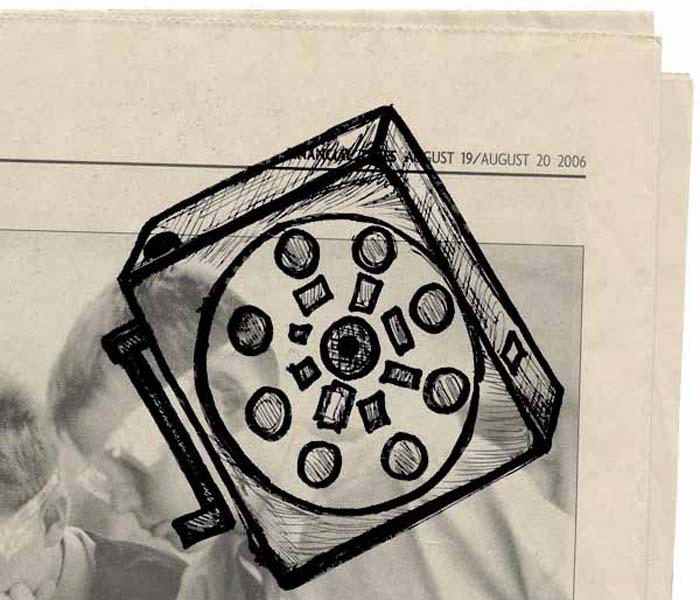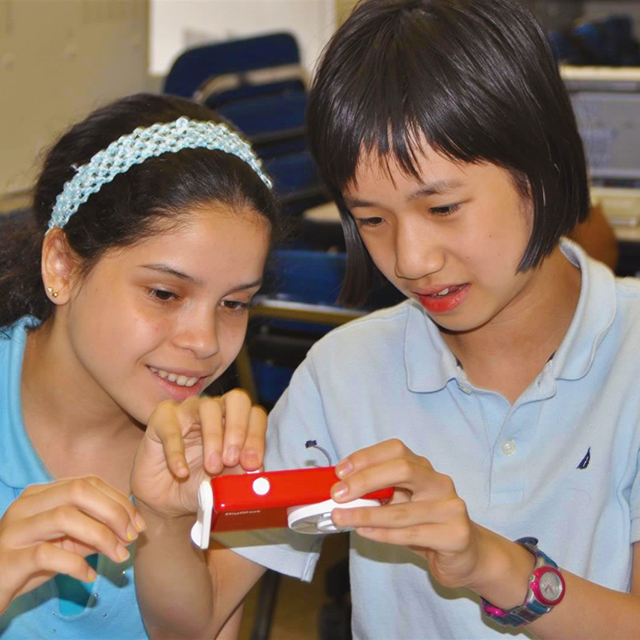CreationBigshot was created by Shree Nayar, a Professor of Computer Science at Columbia University. He worked with a team of contractors to build the first set of working prototypes. He also worked with a group of gifted students, led by Guru Krishnan and Brian Smith, on developing the first version of the educational website and field testing the initial prototypes. The Bigshot project at Columbia was partly funded by a Google research award and an ONR Instrumentation Grant. In 2011, Nayar founded Kimera, LLC, a social venture focused on making Bigshot available to kids and educators around the globe. Below are some of the milestones in the evolution of the Bigshot project. InspirationIn 2004, Ross Kauffman and Zana Briski made the documentary Born into Brothels, which is a portrait of several children living in the most inhumane conditions in the red light district of Calcutta. Briski gave each child a camera and taught them photography. Soon, the children began to look at their world with new eyes. Born into Brothels reaffirms that the camera is unique as a technology in its ability to inspire creativity. The Bigshot project attempts to go even further in exploiting the power of the camera, by redesigning it to serve not only as a creative tool but also a medium for education. ConceptOn the right is the first sketch of the Bigshot camera, made in 2006. The circular wheel was conceived to have several lenses that produce different types of images. It is similar in spirit to the Swiss Army® Knife. The rectangles on the wheel are the viewfinder stencils that correspond to the different lenses. The dark spot in the middle is the camera’s flash. It was imagined that a dynamo-based generator would power the camera if its battery ran out of charge during a shoot. The power generator's hand crank can be seen on the left. Most of the features envisioned in this initial concept ended up in the final product. Field TestsThe first prototypes developed at Columbia University were used to conduct field tests with a few hundred children in four cities – New York City in the US, Bangalore in India, Vung Tau in Vietnam and Tokyo in Japan. The testers were children between the ages of 8 and 14 years, and from diverse cultural and socioeconomic backgrounds. The field tests were a great success – the responses were very positive and the testers gave valuable feedback on various aspects of the camera and the educational content. Based on this feedback, the camera and website designs were refined. LaunchIn 2011, Shree Nayar founded Kimera, LLC, a social venture with the goal of getting Bigshot in the hands of kids and camera enthusiasts all over the world. While Kimera focuses on this educational website, the camera is manufactured and distributed worldwide by EduScience in Hong Kong, a leading maker of educational toys and kits. EduScience brought the camera to market in August 2013. You can become a Bigshot right away by purchasing the camera from the Online Store. Kimera uses a part of its royalties from sales to donate Bigshots to children in under-served and under-represented communities across the globe. Visit Bigshots for Good to see the impact we are having in different parts of the world. |







